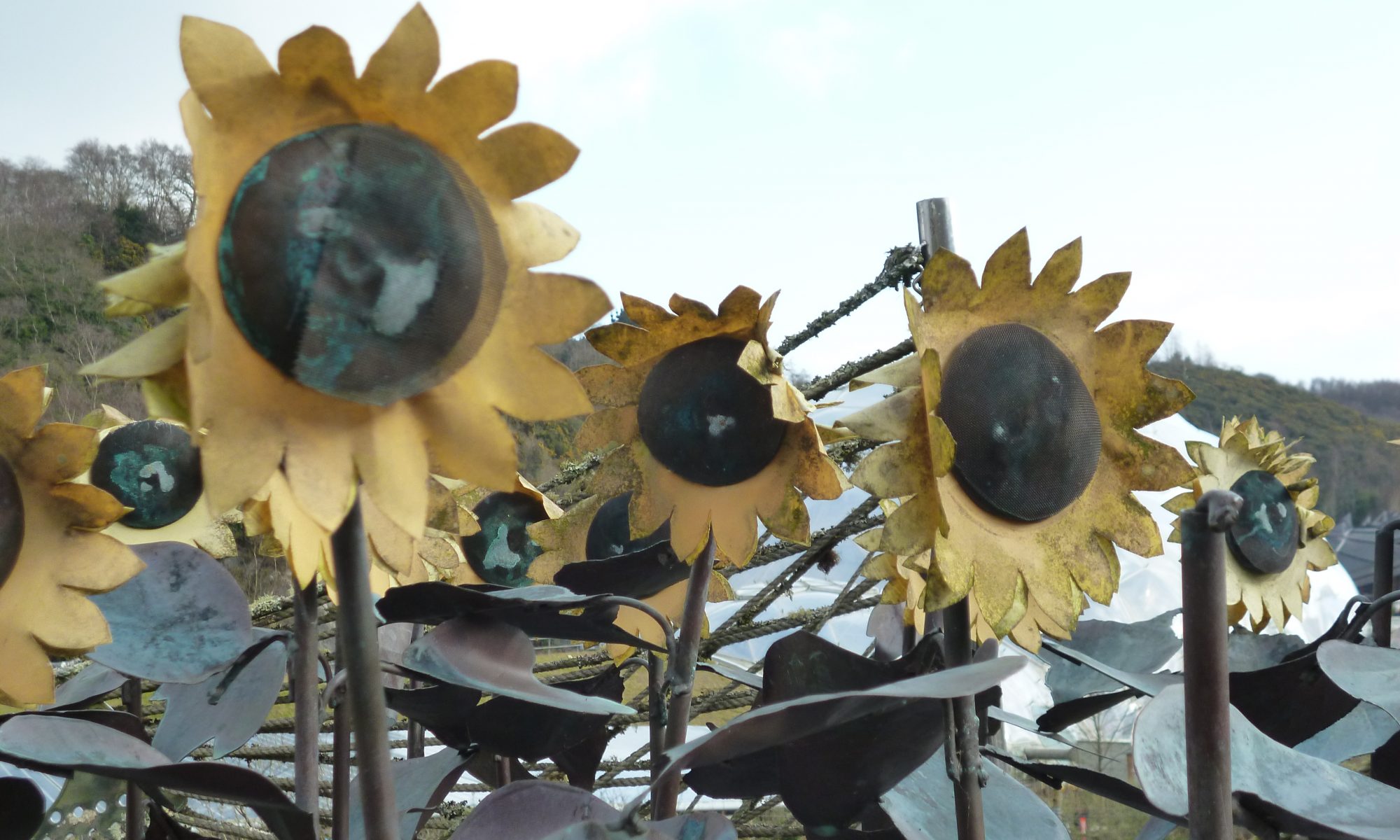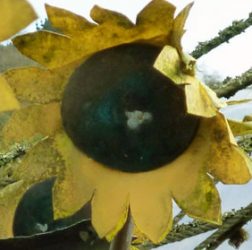It’s not unknown for us to organise whole holidays based around outdoor swimming. We’ll travel all round the country, to visit particular lidos, or to seek out a really good wild swimming spot. And, a year or two ago, we managed to come up with quite a twist on this, locating completely by accident the site of a much-loved local swimming pool that’s been closed for more than 20 years.
Norfolk currently has, as far as I am aware, no formal outdoor swimming facilities whatsoever (I would be very glad to be proved wrong about this but I can find no evidence to the contrary). This is despite there once being a wealth of outdoor pools, at Yarmouth and Gorleston, in Lakenham and Earlham, and elsewhere in the county. However, Lakenham was closed in 1992, at first temporarily, amid claims that it would need £100,000 worth of repairs. The Evening News also refers to an unsuccessful campaign to keep it open.
We lived in Norwich for a few years from the late 80s, one of us down in Lakenham for part of that time, and swimming in that pool (albeit with extremely hazy memories of where it was and what it was like). Fast-forward to the present when we decided to take a last-minute camping holiday in Norwich and booked ourselves in to the local Camping and Caravanning Club site. I’m deeply interested in the subject of outdoor swimming, and I was determined to discover what had happened to the pool. We knew it had to be very close to this area, probably accessible off Martineau Lane. This campsite is less than 100 yards from a little tributary of the River Yare, I would guess a leftover from the time when there was water-powered industry in this area – Old Lakenham Mill would once have been nearby.
We walked along the riverside path that adjoins the campsite, expecting to come across tile and concrete ruins at any moment, only to be cut off by the railway and forced to turn back towards the site. Memories of actually visiting were so hazy that they provided no help. Stymied, we turned to the internet and checked out some rather interesting online information on the Old Lakenham Conservation area [PDF ]dating to 2008. We found the proof in the maps and in the text that our tent was pitched almost precisely in the middle of what had once been a magnificent and very popular 80-yard swimming pool.
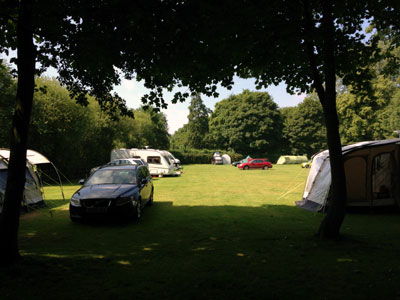
For dedicated outdoor swimmers and lido visitors, that was more than a little unsettling – not unlike being camped directly over some historic grave. If you’d like to take a look for yourself, click on this campsite panorama link and choose the green dot that’s nearest the left-hand side of the diagram. Or compare this, and the images in this blog post, with this Evening News image which gives the clearest comparison to the modern-day layout I have found.
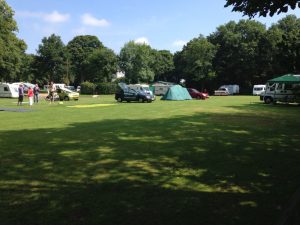
According to the Evening News article and the Conservation Area appraisal document, the original pool was built in 1908 and fed from a nearby tributary of the River Yare. It became an important focus for the local community, hosted large-scale swimming galas, and was used by both the local police and by airmen stationed nearby. According to this article charting the history of the Norwich Swans Swimming Club, the lido was isolated from the river and chlorinated in 1951, changing rooms having been added in the 1930s. The pool at its biggest was an epic 80 yards long (your nearest local authority pool is most likely a rather poor 25 metres, and an Olympic-sized pool 50 metres). The planning document claims that all traces of the pool were removed after its closure – but that’s not quite true.
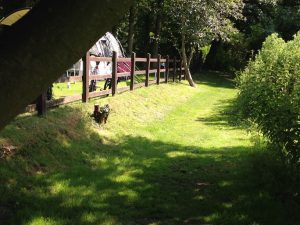
To the north of the camping field there’s a drain cover that stands a foot or more clear of the current grassy surface in a concrete plinth. I reckon that marks the ground level of the lido construction, and there are some more traces of concrete and a marked difference of level along the southern boundary, where the camping field meets the water meadow. Something striking about this boundary is that all the trees along it are a lot less than mature – definitely under 20 years old.
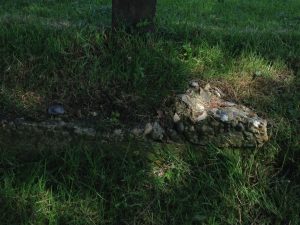
Most evocative is the entrance gate and path, in a section of historic wall, shown below courtesy of Google Street View in May 2017. It is very easy to picture this as a swimming pool entrance, and it is the one part of the complex that stirred memories in one of us that had been here before:
I’d like to think that these days we’d have a slightly more sympathetic approach to a historic pool – lidos are now recognised, some of the time at least, as fantastic community assets, but the history of public pools in Norwich is quite chequered. St Augustines – open for not much more than 30 years, a large, deep pool with a proper diving pit. I swam in this and, while admittedly not the most attractive venue I have ever visited, it was the real deal, a pool for proper swimming. That was closed very suddenly in 1996 leaving swimmers with the Aquapark up in Hellesdon – a pool that was fun to visit but not great for actually swimming in, with a deep end I could almost stand up in – I am not particularly tall. This is now a private health club and the latest pool is a smart new facility in Riverside – which, when paired with the Sportspark pool in Earlham Park, adjoining the UEA, probably means the city has the best facilities it’s enjoyed for a quite a while.
But no lido. A lido is an investment in a certain set of values – affordable access to fresh air, exercise and leisure, community and public space, a rejection of exclusivity and privilege. And the site of the former Lakenham Lido is apparently still in local authority hands. The Caravan and Camping Club has a lease with less than 10 years left to run, and building on the site is forbidden. The conservation area was amended in 2003 to include the former swimming pool area.
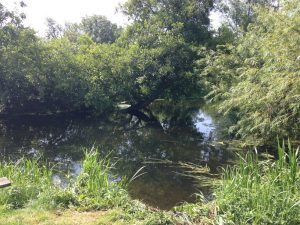
So what could the future hold for this fascinating site? I have to admit to immense relief that it’s remained undeveloped. To find some modern leisure pool, industrial units or (even worse) a poor-quality housing development on top of it would have been heartbreaking. It’s probably preposterous to imagine it could ever be redeveloped into a public swimming pool again. But the magic of the place at the moment is that the ghost of the pool is still present, just beyond the edge of vision. You can imagine it so clearly, find the little bits of physical evidence that are left.
We were very naïve, however, to think we had made some great discovery. At one point, when we were peering at a boundary, comparing levels and taking pictures, we attracted the attention of a camper stationed nearby. We explained what we were doing. “You’re the third person to have told me that,” he said. The campsite manager knew all about it too (obviously). Lakenham Lido was a part of the childhood of so many local people that it still looms large. People are making Facebook posts about it. There is an opportunity for the council to do something magnificent here. But I suspect the notion that they would is nothing but the dream of a hot summer day.
Originally written and published in 2014.
